Asia, a continent bursting with diversity, history, and culture, is home to some of the world’s most astonishing UNESCO World Heritage Sites. From the architectural wonders that narrate tales of empires past to natural landscapes of breathtaking beauty, these sites are jewels in the crown of Asia’s rich heritage.
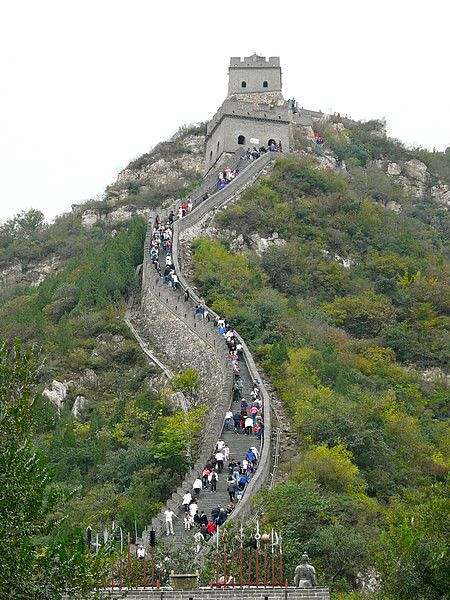
The Great Wall of China
The Great Wall, stretching over 20,000 kilometers, is a testament to the ingenuity and strength of ancient Chinese civilization. This iconic structure not only served as a defense mechanism but also symbolizes the cultural significance of China’s historical persistence.
Angkor Wat, Cambodia
In the heart of Cambodia lies Angkor Wat, the largest religious monument in the world. This temple complex is a magnificent showcase of Khmer architecture and a poignant reminder of the Angkor period’s grandeur.
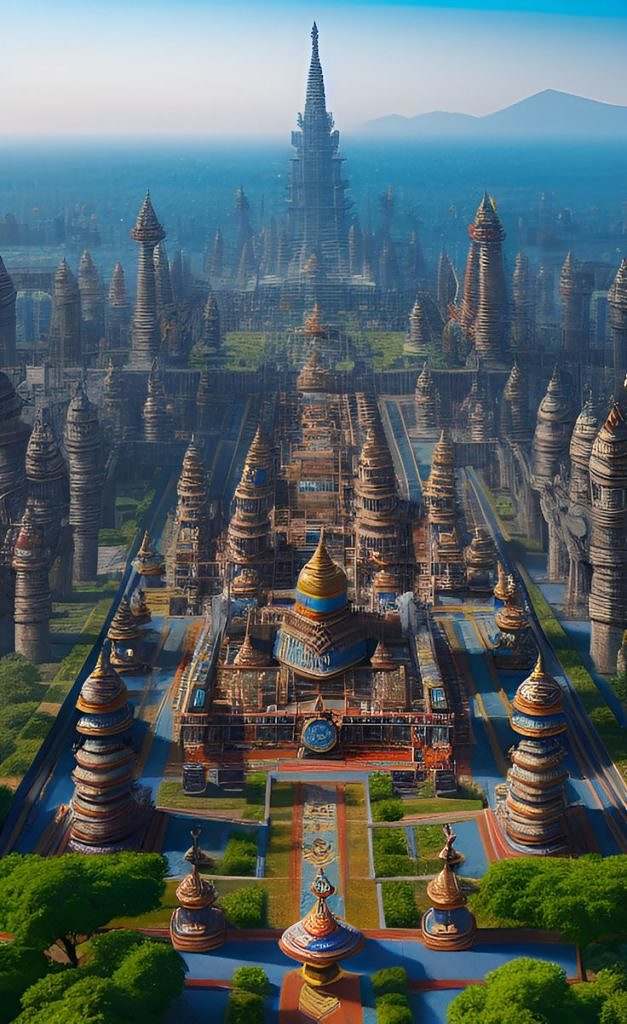
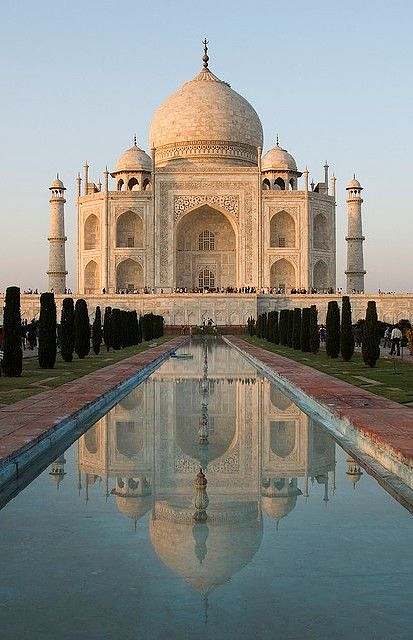
Taj Mahal, India
The Taj Mahal stands as a symbol of eternal love and architectural excellence. Built by Emperor Shah Jahan in memory of his wife Mumtaz Mahal, this ivory-white marble mausoleum attracts millions of visitors each year.
Mount Fuji, Japan
Japan’s Mount Fuji is not only a natural marvel but also a cultural and spiritual symbol. Its serene beauty and nearly perfect symmetry have inspired artists and poets for centuries.

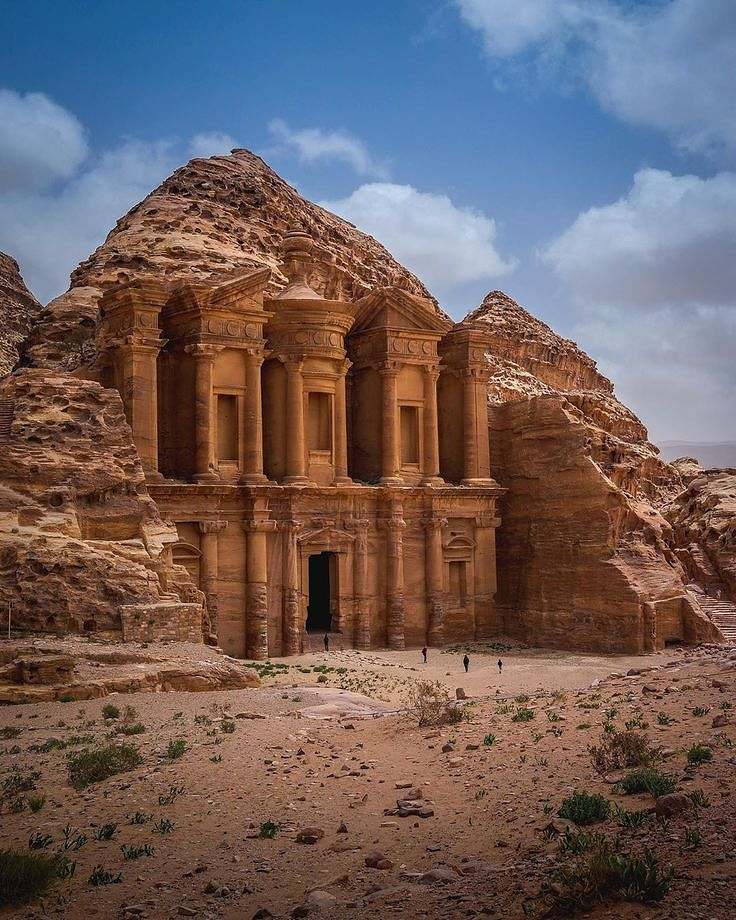
Petra, Jordan
Carved directly into vibrant red sandstone, the ancient city of Petra showcases the engineering marvels of the Nabataeans. This archaeological site, also known as the “Rose City,” is a must-visit for history enthusiasts.
Ha Long Bay, Vietnam
With its emerald waters and thousands of limestone islands, Ha Long Bay is a natural wonder of the world. The bay’s mystical appearance has made it a popular location for films and literature.

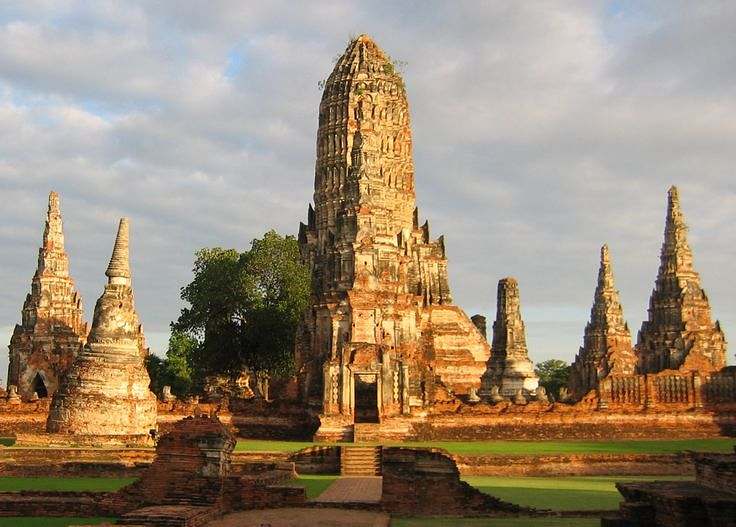
The Historic City of Ayutthaya, Thailand
The ruins of Ayutthaya, destroyed in the 18th century by the Burmese, offer a hauntingly beautiful glimpse into Thailand’s past. The city was once a hub of global diplomacy and commerce.
Borobudur Temple Compounds, Indonesia
This iconic Buddhist temple, dating back to the 9th century, is not only a spiritual center but also a masterpiece of architectural design, representing the path to enlightenment.
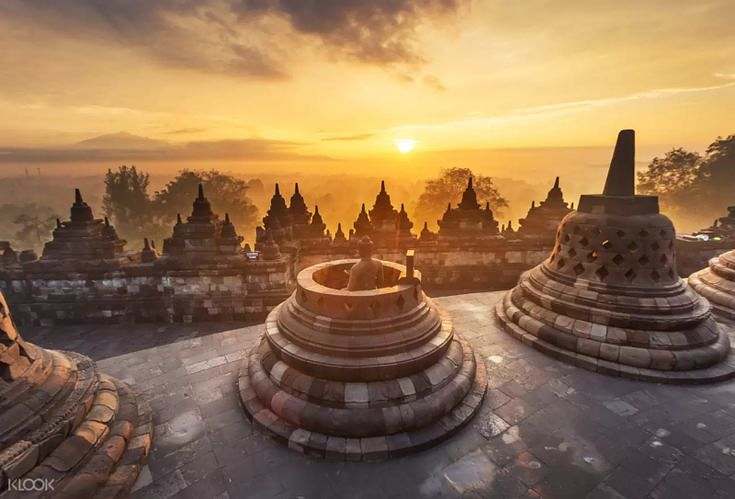
.
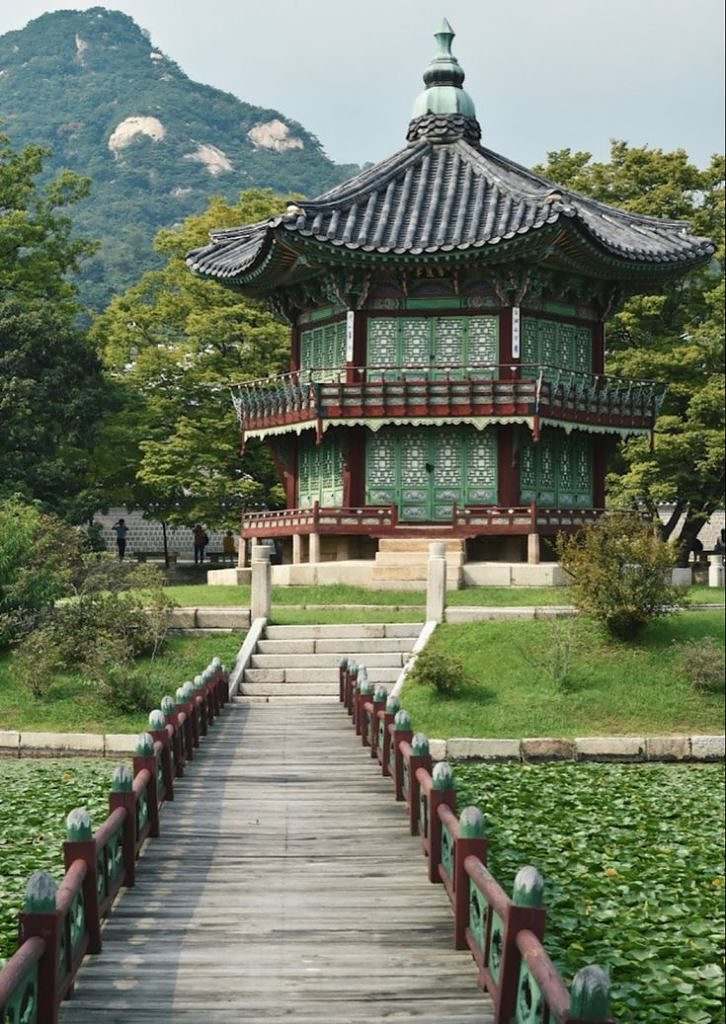
Gyeongju Historic Areas, South Korea
Gyeongju, once the capital of the Silla Kingdom, houses a remarkable collection of Buddhist art and cultural heritage, making it a significant historical and archaeological site
The Sundarbans, Bangladesh/India
The Sundarbans, a UNESCO World Heritage Site, is renowned for its unique mangrove ecosystem and is home to the Bengal tiger. This natural wonder spans Bangladesh and India, showcasing the beauty and diversity of South Asia’s landscapes.

Sri Lanka’s Ancient City of Sigiriya
Sigiriya, an ancient rock fortress, is one of Sri Lanka’s most valuable historical monuments. Known for its vast gardens, frescoes, and innovative hydraulic systems, Sigiriya reflects the zenith of ancient Sri Lankan engineering and artistry. It stands as a testament to the ingenuity of the Kingdom of Kassapa.
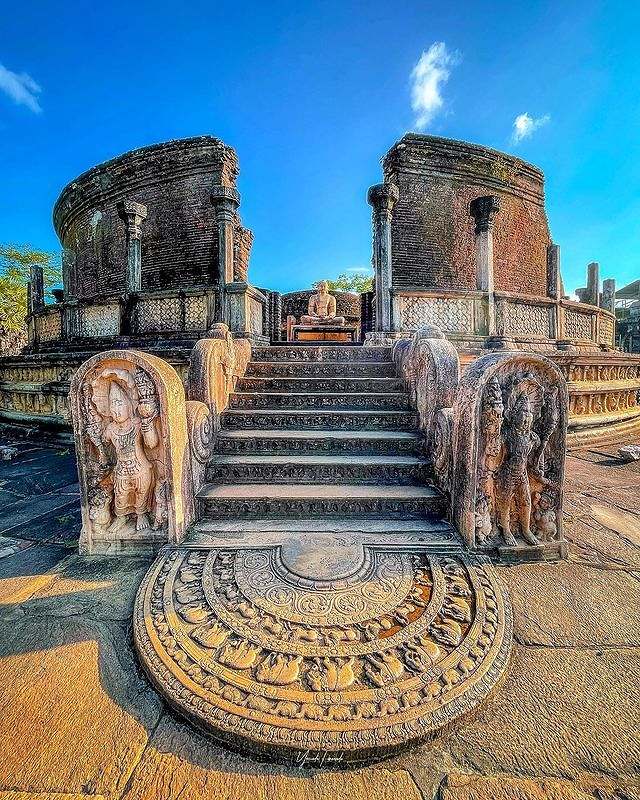
The preservation of UNESCO World Heritage Sites is crucial for understanding our collective past and ensuring that future generations have the opportunity to learn from and be inspired by these wonders
Each site, with its unique story and significance, contributes to the rich tapestry of global culture and heritage. As we explore these sites, we’re reminded of humanity’s creativity, resilience, and the ever-present link between nature and culture. Protecting these treasures goes beyond mere conservation; it’s about safeguarding the legacy of human civilization and natural beauty for posterity.
FAQs
A UNESCO World Heritage Site is a landmark or area, selected by the United Nations Educational, Scientific and Cultural Organization for its cultural, historical, scientific, or other forms of significance, and is legally protected by international treaties.
Sites are nominated and must meet at least one of the ten selection criteria, which include representing a masterpiece of human creative genius, exhibiting an important interchange of human values, or being an outstanding example of a type of building or landscape which illustrates a significant stage in human history.
Yes, sites can be delisted if they are not properly managed or if the outstanding values for which they were listed are lost. However, this is rare and usually, sites are placed on the List of World Heritage in Danger to aid in their preservation.
Why are UNESCO World Heritage Sites important?
These sites are important because they are a testament to our history, culture, and achievements as a human race. They help us remember and celebrate our past, understand our present, and inspire our future. Additionally, they contribute to local and national identities, generate economic income through tourism, and foster community pride and international cooperation for heritage conservation.
